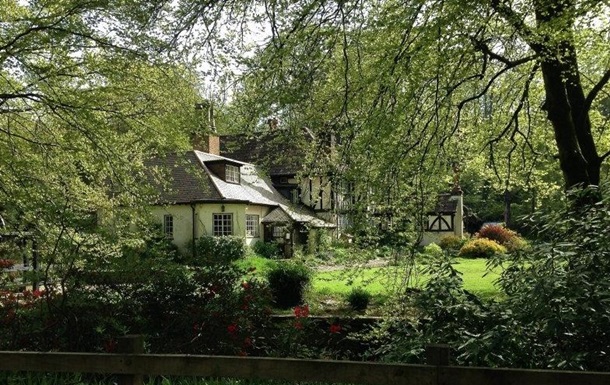According to experts, the world will be ruled by super-technological homes.
Buildings like Lego, buildings with a changing facade, ephemeral walls and super-smart homes – Russian architects and urban planners predict what our homes, streets and cities will look like in 50 years.
Every year, the first Monday of October is celebrated as World Architecture Day. In this regard, Russian architects and urban planners told what architecture will be like in half a century. According to them, in 50 years, architecture promises to become completely different – fragile, ephemeral and interactive: the window function will be turned on from a separate button, and the brickwork on the facade will be depicted using technological innovations, RIA Novosti reports.
The disposable glass principle
Co-founder and chief architect of UNK Project Yuliy Borisov believes that in 50 years architecture will be disposable. “If 100-200 years ago, for example, watches were passed down from father to son, from generation to generation, now they are changed with enviable regularity. Similar processes occur in architecture,” he explains.
The Egyptian pyramids were designed for millennia, in the Middle Ages buildings were built for several hundred years, the estimated service life of modern buildings ranges from 50 to 100 years. According to Borisov, in the West they already calculate the service life of a building in advance: first, the technology and cost of dismantling and recycling the structure are laid down in the project. “And it’s not about quality – houses do not collapse or become unusable, they age morally and cease to meet their functional purpose,” the expert says.
AR
Therefore, Borisov concludes, in half a century, buildings will resemble Lego sets – they can be assembled, disassembled, and reassembled into other shapes. Buildings will be modified, altered, and freely change their function.
The assumption made by architect and director of the RUSH architectural school Mykyta Tokarev is similar. In his opinion, the assembly of buildings will be carried out from parts manufactured in production. Currently, only panel houses are built this way. “Technologies will allow sending a computer model to the factory and, following it, bypassing intermediate stages, manufacturing building parts. As a result, construction will be clean and very fast,” Tokarev predicts.





